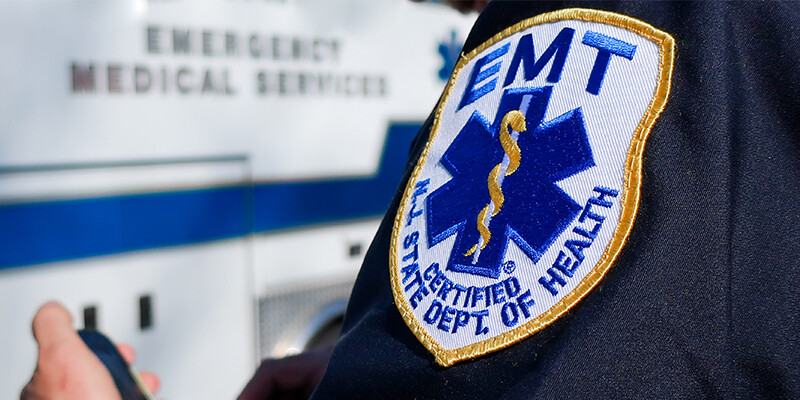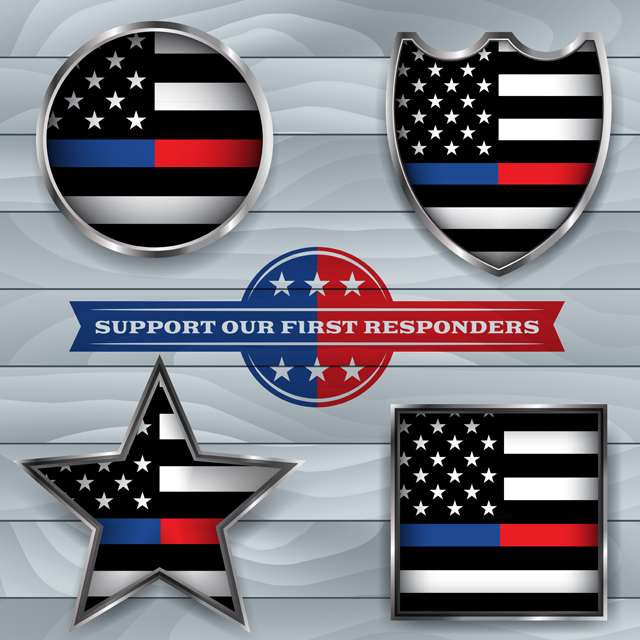The Star of Life The Symbol of Emergency Medical Care

The Star of Life: The Symbol of Emergency Medical Care
You may have seen people wearing badges with the Star of Life symbol: A blue star with six points with a traditional medical care symbol in the center, commonly known as Rod of Asclepius, named after a famous Greek Mythology figure; the god of healing and medicine. This Star of Life was created by the National Highway Traffic Safety Administration to indicate certification of paramedics, ambulances, and EMTs. Currently, this star is known as a symbol of EMS all over the world.
Each point of the star represents the primary responsibilities and tasks related to emergency medical services, explained below.
Detection
The emergency medical technicians are trained in the best detection techniques available to help overcome any medical emergency. They keenly observe the scene to detect the actual cause of the crisis, identify the potential harm that can be caused to victims by any delay, and offer the best possible solutions based on all the available information. The team of EMS takes care to first detect the cause so they can take preventive measures to ensure the safety of all present at the scene.
Reporting
Once the cause of trouble and the extent of damage is identified, a quick call is made for what kind of professional help is needed. The victim’s situation is reported to dispatch, so appropriate arrangements are made at the hospital in order to give proper medical treatment to victims.
Response
Immediate response to medical emergencies is one of the primary functions of EMTs. Their very function offers immediate help and first aid to reduce pain and suffering of the victims while administering life-saving medicines and techniques.
On-Scene Care
EMS personnel are trained to cater to emergency situations. They arrive at the scene in time and offer help right there before victims reach the hospital. Immediate medical assistance is necessary in many cases, so the timely response of EMTs will save lives.
Care in Transit
After providing on-scene attention and stabilizing the patient, EMTs make arrangements to transfer victims to hospitals for specialized medical care, using either an ambulance or helicopter for safe and timely transportation. No matter what vehicle they use, they are equipped with the tools and training to ensure their safety.
Transfer to Definitive Care
The last task assigned for the EMS team is the transfer of patients to a doctor’s care, getting the victims to the hospital where proper treatment is administered to ensure their well-being.
Bottom Line
The Star of Life is a known mark associated with Emergency Medical Technicians. EMTs work hard and their job comes with many challenges. They deserve to be respected and therefore, we at First Responder Discounts present special discounts for them as a gesture of our appreciation.







